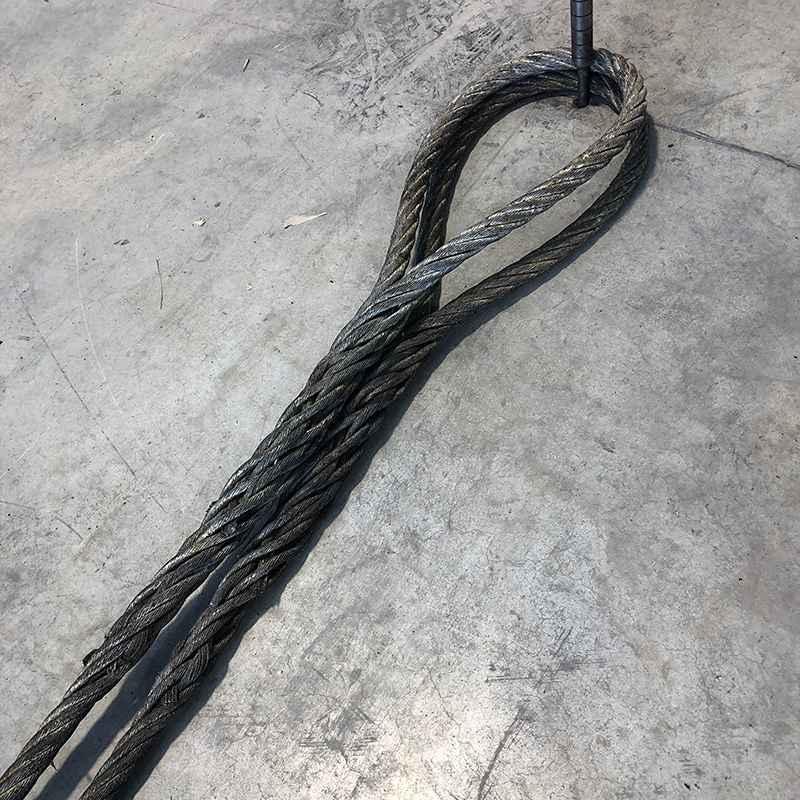If you're planning to install new lights or electrical fixtures in your home or office, you might need to splice wires. Splicing wires involves connecting two or more wires together to create a complete circuit. A well-done splice ensures that the electrical flow is uninterrupted and the fixtures work efficiently. However, splicing wires can be daunting especially for DIY enthusiasts who are not well-versed in electrical safety standards. In this article, we'll guide you through everything you need to know about splicing wires.

Splicing wires without a junction box
Splicing wires without a junction box is risky and is not recommended. A junction box is a safety device that protects electrical wiring from damage and prevents electrical fires. If you splice wires without a junction box, you risk exposing the wires to damage, shorts, and sparks, which can lead to electrical fires. Additionally, if there's a problem, it's difficult to identify where the wires are spliced.
Splicing wires with electrical tape
Splicing wires with electrical tape is one of the most common and easiest ways to splice wires. Electrical tape is a durable and flexible insulator that protects the wires from exposure to external elements, such as water and dust. However, you should never use electrical tape alone to splice wires. Electrical tape is not a permanent solution and is likely to come off over time, exposing the wires to damage. Always use a connector or a junction box in combination with electrical tape when splicing wires.
Splicing wires with solder
Splicing wires with solder is a long-lasting solution and is commonly used by professionals. Soldering involves melting a metal alloy (solder) onto the wires to create a permanent bond. Soldering is ideal when splicing wires that require high conductivity, such as speaker wires. However, make sure you follow the manufacturer's instructions when using a soldering iron to prevent heat damage to the wires.
Splicing telephone wires in a wall
Splicing telephone wires in a wall is similar to splicing electrical wires. However, you must follow the standard color codes to ensure that the wires are correctly connected. The standard color codes for telephone wires are red (positive), green (negative), yellow (secondary positive), and black (secondary negative). Always use a junction box to splice telephone wires.
Splicing wires behind walls
Splicing wires behind walls is a challenging task and requires specialized tools, such as fish tape and glow rods. Before splicing wires behind walls, make sure you turn off the power supply to prevent electrical shock. Additionally, always use a junction box to splice wires behind walls.
Conclusion
Splicing wires is essential when installing electrical fixtures. Whether you're splicing wires for lights, speakers, or telephones, always ensure you follow the electrical safety standards. Use a junction box, connector, or soldering iron in combination with electrical tape to create a reliable electricity flow. If you're uncertain about splicing wires, always consult a professional electrician.